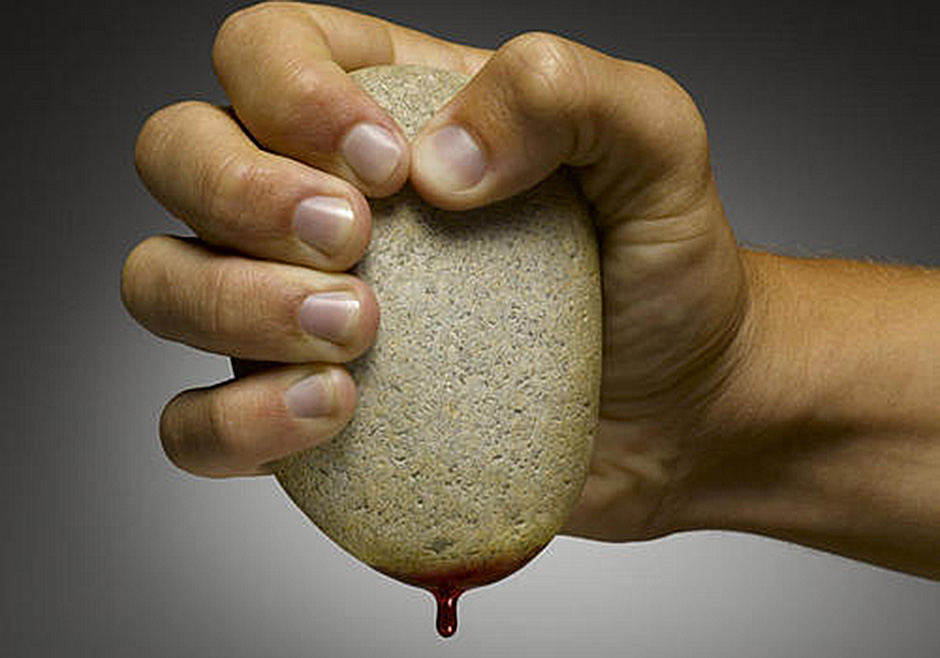The AIHW report, rather than the bulk-billing number, shows the true state of rising pressures on doctors and patients, says AMA's Dr Tony Bartone
Doctors have seized on new research showing that more than one-third of Australians are paying to see a GP, saying it exposes the need for urgent investment in primary care.
The Australian Institute of Health and Welfare’s report shows that half of Australian patients were hit with added expenses for Medicare-subsidised services in 2016-17, coughing up $3 billion in total.
The outlay, reflecting gap fees for GP visits, diagnostic imaging, obstetrics and other specialist services, was revealed on Thursday – taking the gloss off the government’s announcement that bulk-billing of Medicare services had hit an all-time high of 86.1%.
In Canberra, AMA President Dr Tony Bartone declared the AIHW report, rather than the bulk-billing number, showed the “true” state of rising pressures on doctors and patients.
Out-of-pocket charges for Medicare services were rising at about 4% a year, outpacing inflation, as doctors were squeezed by rising costs and stagnant Medicare rebates, he said.
“What we’ve seen from this report is a reflection of the true state of what is going on in our practices, in our clinics around the nation and for our patients,” Dr Bartone told journalists at Parliament House.
“There is no question about that. That the rebate, at the moment, bears no comparison to the cost of providing that care. It is woefully inadequate; it bears little resemblance to the inputs when you look at the cost of provision of that care,” he said.
The 55c hike in the patient rebate for a standard GP consultation on 1 July was a “pittance” after the nearly five-year Medicare rebate freeze, Dr Bartone said.
Asked to comment on the bulk-billing rate, he said GPs were shoring up the figure by charging according to patients’ ability to pay while frequent users of Medicare services were most likely to be bulk-billed.
“And when you look at the sickest of our patients, who attend GPs, for example, 12, 15, 20 times a year, those volume services are being bulk-billed continuously and hence that drives the high headline bulk-billing rate.”
RACGP President-elect Dr Harry Nespolon said the AIHW report added weight to the college’s call for an 18.5% increase in GP rebates.
Dr Nespolon noted that just 24.6% of the out-of-pocket expenses detailed in the report related to GP visits and could largely be accounted for by patients who needed longer appointments.
Patients who could afford longer consultations paid an out-of-pocket expense, but those who could not were at risk of struggling with their long-term health, he warned.
“Although we welcome the return of indexation, it still does not catch general practice up on the past five years, which is why the 18.5% increase is so important,” he said.
“By providing higher rebates and the opportunity for longer bulk-billed visits, patients will be able to spend more time with their GP, allowing for better long-term outcomes.
“The reality is, long and complex consultations are not properly compensated by patients’ Medicare rebate.”
Labor Opposition’s health spokesperson Catherine King on Thursday told reporters to focus on the GP figures as the real test of the government’s performance on health.
“Malcolm Turnbull said that no Australians would pay more to see a doctor under his government. That is clearly absolutely a promise that has been broken,” she said.
“We know that 1.3 million Australians are avoiding seeing a doctor because of costs. Avoiding vital tests and scans and putting their health and their lives at risk as a result of that.”
The AIHW report said 7% of the population had delayed or foregone a medical visit or diagnostic test last year because of cost. However, the rate for GP visits was lower at 4%.
For the first time, the AIHW provided a breakdown of out-of-pocket costs by region, showing patients paid more for healthcare depending on where they lived.
Of the 21.1 million people who had at least one Medicare-subsidised GP visit in 2016-17, 34% incurred extra charges.
The proportion varied from 10% of patients in the South Western and Western Sydney PHN areas to 64% in the ACT.
The extra contribution varied from a median of $12 in Western Sydney to $32 in the ACT.
Some 11 million patients paid gap fees for non-hospital Medicare services in 2016-17, with a median cost of $142 per person, but half of them spent more than $600, the report showed.
At the top of the scale, patients in the North Sydney PHN area paid $876 out of pocket. Of all Australians, North Sydney patients were also he most likely – 62% – to be charged extra costs.
Specialists accounted for 34% of gap costs, followed by GP services at 24.6%. Diagnostic imaging was 12%, and obstetrics was 6.6%.


